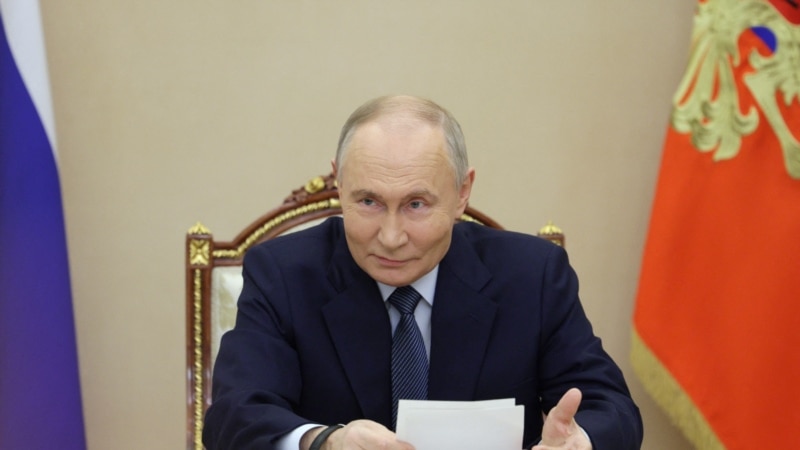““Russian sources claimed that Russia will close part of its airspace on November 23-24 for a missile test””, — write: www.radiosvoboda.org
“Russian sources claimed that Russia will close part of its airspace on November 23-24 to test the missile, but did not specify what type of missile the Russian forces are testing. On November 22, the deputy head of the GUR, Major General Vadym Skibitsky, warned that Russia probably has up to 10 Oreshnik missiles and that Russia is likely to conduct test launches of all these missiles in the future, the report stated.
ISW points out that Russian President Vladimir Putin and the Russian military leadership continue to praise the ballistic missile that Russian forces launched over Ukraine on November 21, likely in an attempt to artificially inflate expectations of Russian capabilities and encourage the West and Ukraine to exercise restraint.
Analysts recalled that on November 22, Putin held a meeting, congratulating the Russian military on the “successful” test of the Oreshnik ballistic missile in response to “those who are trying to blackmail” Russia. He emphasized that the missile is not a modernization of the old Soviet missile and stated that Russian designers created it “on the basis of modern, advanced developments.”
“However, the US and Ukrainian reports on the November 21 ballistic missile strike emphasized that the Oreshnyk missile is not inherently a new Russian capability [3]. White House and Pentagon officials have confirmed that Russia launched an intermediate-range ballistic missile (IBM) over Ukraine, and Pentagon spokeswoman Sabrina Singh said that Russia built the IBM based on Russia’s existing RS-26 Rubezh Singh intercontinental ballistic missile (ICBM). also repeated that Ukraine has already faced Russian attacks with missiles that have “much larger” warheads than “Oreshnyk”, says the Institute for the Study of War.
According to ISW, the November 21 Russian ballistic missile strike is not a fundamentally new Russian capability.
“Russia is benefiting from the rhetorical fanfare surrounding the Nov. 21 strike and is likely hoping that stoking concerns over the launch of the Oreshnyk missile will prompt the West to withdraw its support for Ukraine,” the analysts summarized.
On the evening of November 21, Russian President Vladimir Putin announced the “successful test in combat conditions” of the newest medium-range Oreshnik missile. According to him, the forces of the Russian Federation struck the Dnieper with this ballistic missile with non-nuclear hypersonic equipment.
Putin said that this was “a response to the aggressive actions of NATO countries towards Russia” – the permission of Ukraine to strike with Western missiles on the territory of the Russian Federation and such strikes in the Bryansk and Kursk regions. He also did not rule out new such strikes.
The Russian leader also said that in the future, civilians will be informed about the plans to use Oreshnyk.
Read also: “Cedar”, “Hazelnut”, “Rubezh”: what did Russia beat?
The Air Force of the Ukrainian Armed Forces reported that Russian troops attacked the Dnipro with various types of missiles, including launching an intercontinental ballistic missile. According to the local authorities, an industrial enterprise was damaged in Dnipro as a result of the strike, two fires also broke out in the city, and three people were injured.
This was preceded by the closure of a number of embassies due to security concerns. On November 20, the US Embassy in Ukraine announced that it had received “specific information” about a possible significant Russian air attack on November 20. As a precaution, the embassy was closed. Subsequently, the diplomatic missions of Spain, Italy and Greece also announced the closure for visitors on November 20.
Against this background, social networks spread information about the possibility of launching an attack on Ukraine with the RS-26 “Rubezh” ballistic missile. The launches were supposed to be from a training ground in the Astrakhan region. No such launches were reported on November 20.
